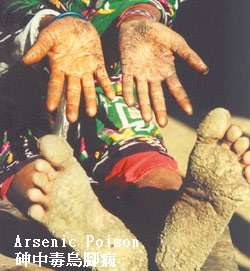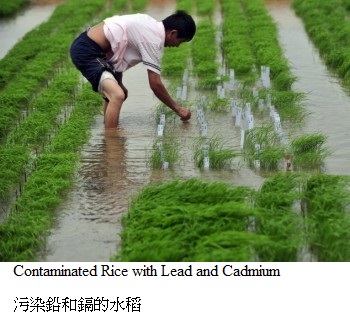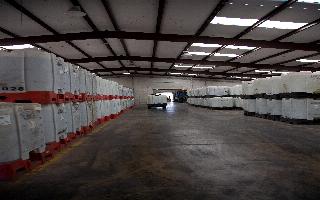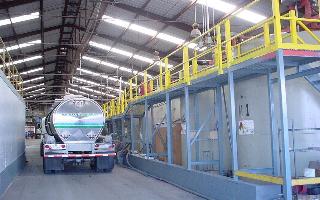Beijing Calls for Controls on Heavy Metal Pollution
Use of algae for removing heavy metal ions from wastewater: progress and prospects.
Heavy Metal Treatment
Heavy metals include lead, mercury, cadmium, chromium. Also, metals including iron, copper, zinc, aluminum, beryllium, cobalt, manganese and arsenic may be considered heavy metals.
Heavy metal toxicity can result in damaged or reduced mental and central nervous function, and damage to blood composition, lungs, kidneys, liver, and other vital organs. Long-term exposure may result in slowly progressing physical, muscular, and neurological degenerative processes that mimic Alzheimer's disease, Parkinson's disease, muscular dystrophy, and multiple sclerosis.
Living organisms require varying amounts of "heavy metals". Iron, cobalt, copper, manganese, molybdenum, and zinc are required by humans. Excessive levels can be damaging to the organism. Other heavy metals such as mercury, plutonium, and lead are toxic metals and their accumulation over time in the bodies of animals can cause serious illness. Certain elements that are normally toxic are, for certain organisms or under certain conditions. Lead poisoning can permanently and irreversibly damage the developing brains and other organs of young children. Serious effects can include lowered intelligence, behavior disorder, and slowed physical development. Once poisoned, a young child’s chances for academic, social and occupational success are significantly diminished.



Beijing Calls for Controls on Heavy Metal Pollution
China's 12th five-year plan will see increased inspection of the heavy metal industry and punishment for companies who cause pollution. China's Environmental Protection Ministry announced a new plan to tackle heavy metal pollution in the country, in its new five-year development program.
Without proper treat those polluted industrial wastewater or contaminated soil, river or lake, it will cause environment problem and effect human health. It will take decades years to remediate those pollution problem.
Plants, mushrooms, seaweed or microbiological treatment also occasionally successfully used to remove some of the heavy metals elements such as mercury. These plants can absorb heavy metals from soil and hyperaccumulating into cell’s body. Afterwards recycled those plants incineration process to extract those absorbed heavy metal. Later on, recycle, extraction process from those incineration process to collect those classified heavy metal.
Use of algae for removing heavy metal ions from wastewater: progress and prospects.
Many algae have been identify to absorb metals, and there is considerable potential for using them to treat wastewaters. Carboxyl group is most important for metal binding. Concentration of metal and biomass in solution, pH, temperature, cations, anions and metabolic stage of the organism affect metal sorption. Algae can effectively remove metals from multi-metal solutions. Dead cells sorb more metal than live cells. Various pretreatments enhance metal sorption capacity of algae. Algal has great potential for removing metals from wastewaters. For commercial application of algal technology for metal removal from wastewaters, emphasis should be given to selection of strains with high metal sorption capacity,
Some algae like Cladophora and Stigeoclonium absorb and accumulate many heavy metals from the water. Thus the excessive growth of these algae in the water indicates pollution due to heavy metals. Those treated algae can be consider to as one of diesel raw material.
|
|













